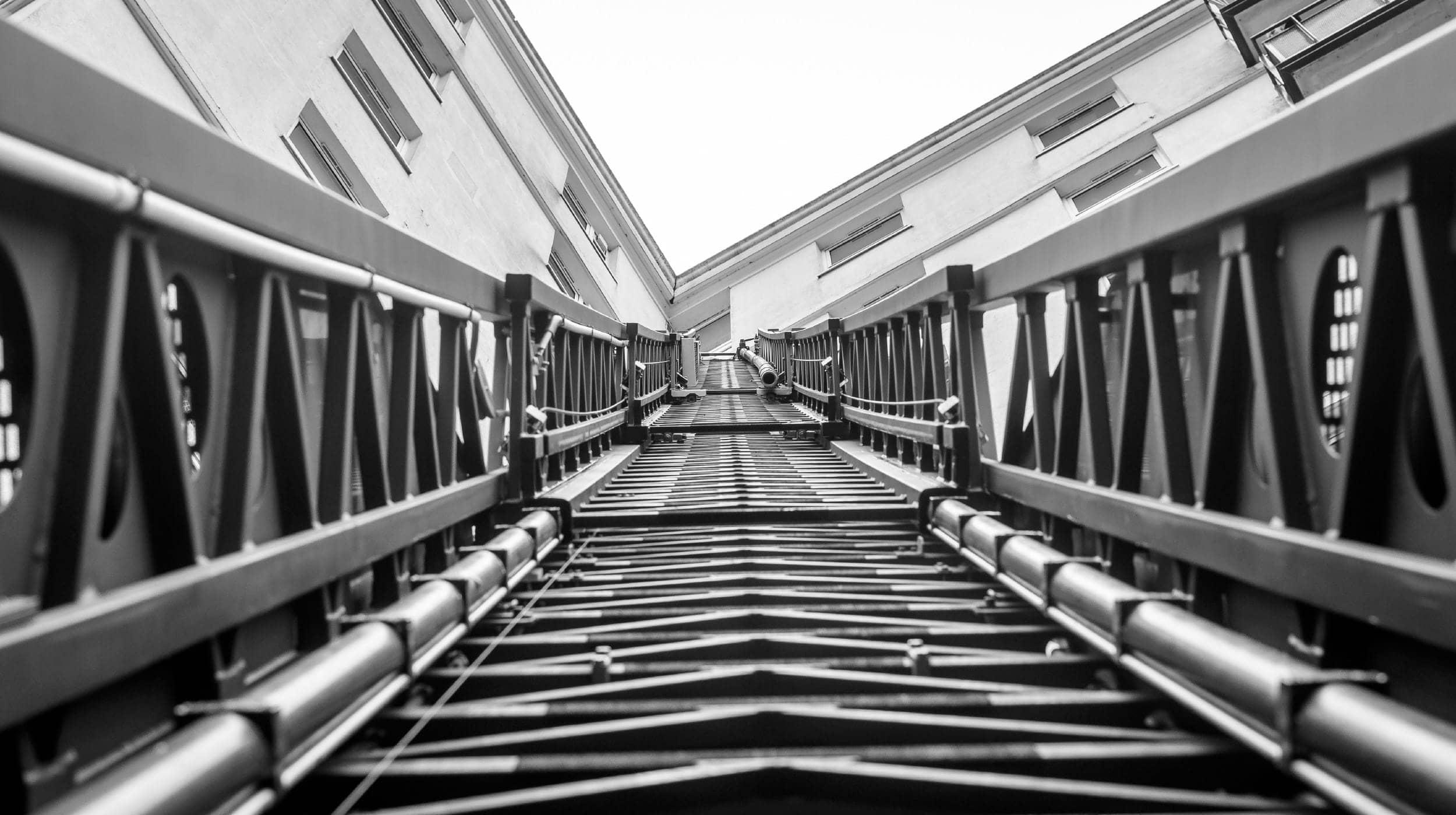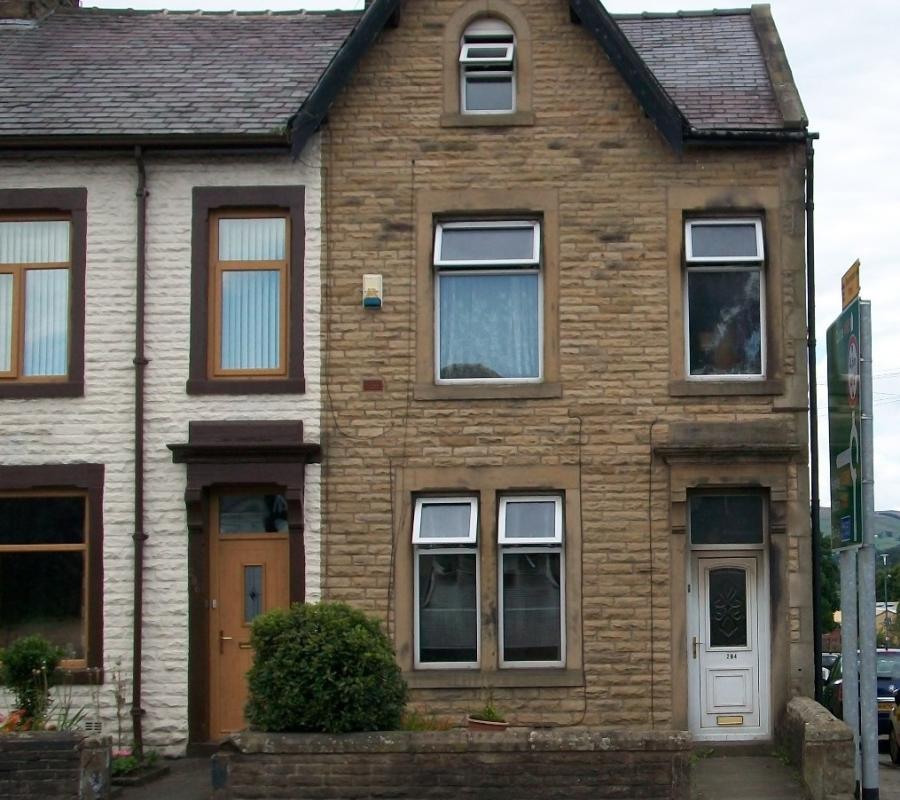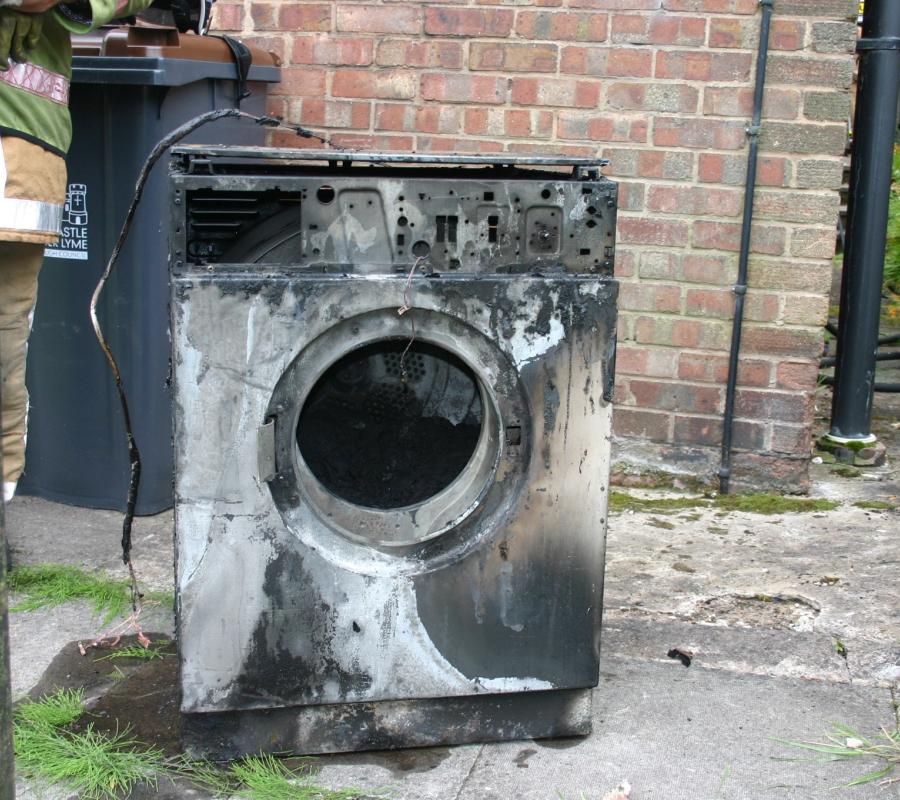Staying safe this Ramadan: Essential safety tips from Lancashire Fire and Rescue Service
Read the article written about Staying safe this Ramadan: Essential safety tips from Lancashire Fire and Rescue Service
Lancashire Fire and Rescue Service (LFRS) is urging residents to stay safe while observing Ramadan, which will be celebrated from 1 March to 30 March 2025. With fastin...





